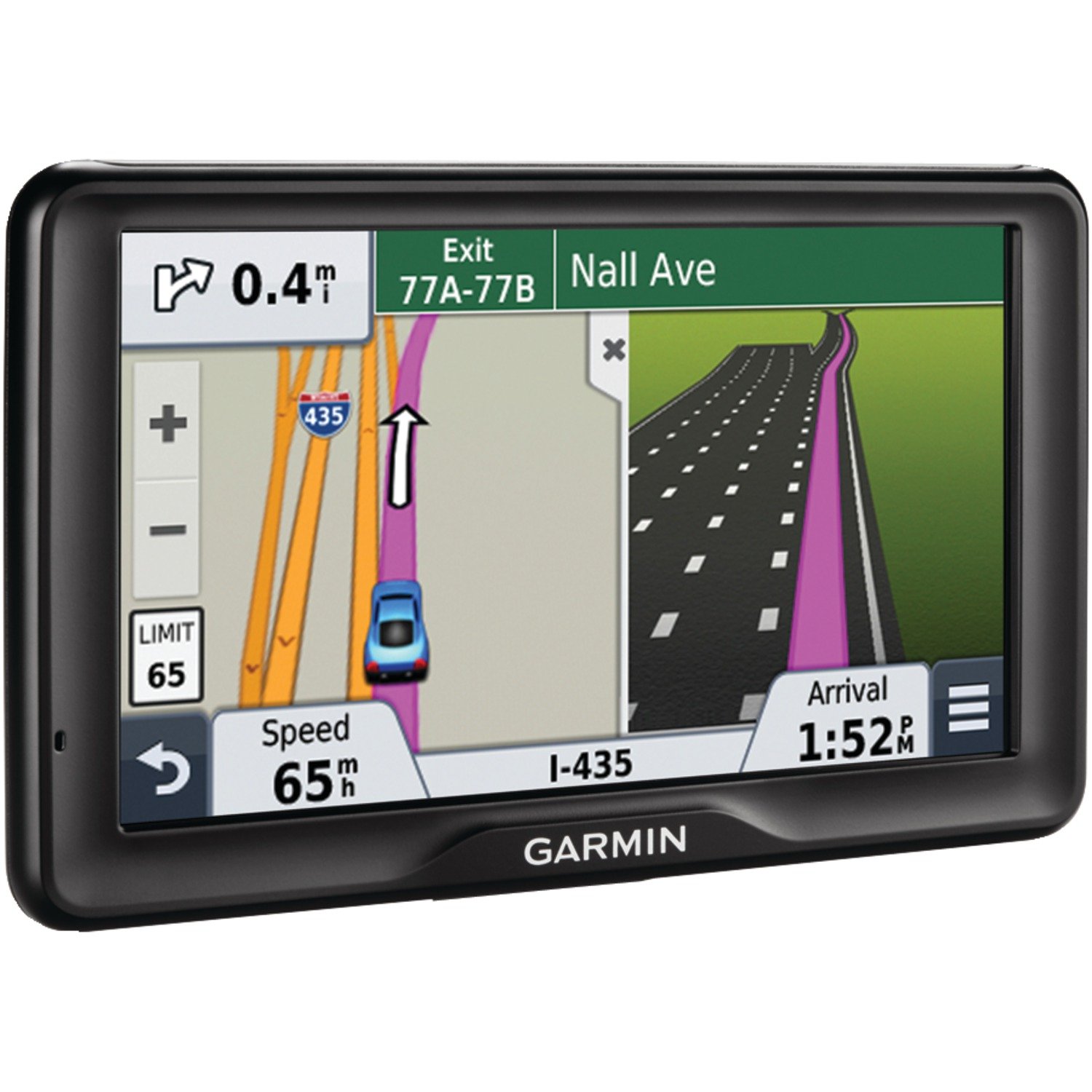Navigating the Globe: Your Guide to GPS for International Travel

Stepping off the plane in a foreign country can be exhilarating, but the thrill can quickly fade if you’re lost and struggling to find your way. That’s where reliable GPS navigation becomes invaluable. While relying solely on your phone’s GPS might seem sufficient, international travel presents unique challenges that require careful planning and understanding. This comprehensive guide will equip you with the knowledge to navigate foreign lands with confidence and ease.
Data Roaming: The Big Question
One of the biggest hurdles for international travelers using GPS is data roaming. Turning on data roaming on your phone allows your device to connect to local networks, but the cost can be astronomical. Unexpected charges from high roaming fees have ruined many a trip. Before you leave, contact your mobile provider. Inquire about international data plans, which offer a set amount of data for a specific period. These plans often represent far better value than paying exorbitant per-megabyte charges.
Alternatively, consider purchasing a local SIM card upon arrival. This can be a cost-effective way to get data, especially for longer trips. Remember to check your phone’s compatibility with local SIM card sizes (Nano, Micro, or Standard).
Offline Maps: Your Backup Plan

Even with a data plan, there’s always the risk of losing connection. This is where offline maps become crucial. Apps like Google Maps, Apple Maps, and others allow you to download maps of specific areas for offline use. Before your trip, download maps of the cities and regions you’ll be visiting. This ensures you can still navigate even if your data connection is interrupted.
Remember that offline maps don’t provide real-time traffic updates or dynamic rerouting. However, they are a reliable safety net when connectivity is unavailable.
Choosing the Right Navigation App
The app you choose significantly impacts your travel experience. While Google Maps and Apple Maps are popular options, they might not be the best for every situation. Consider these factors:
- Language Support: Does the app support the local language(s) of your destination? This is vital for understanding street names and directions.
- Public Transportation Integration: If you plan to use public transport, choose an app that integrates with local bus, train, and subway schedules.
- Offline Functionality: As previously discussed, offline capabilities are essential for reliable navigation.
- Voice Guidance: Clear and accurate voice directions are invaluable, especially in unfamiliar environments.
- Points of Interest (POIs): Check whether the app includes a comprehensive database of local points of interest, such as restaurants, attractions, and hotels.
Explore different apps before your trip and download the one that best suits your needs.
International Driving: Specific Considerations

If you plan to rent a car and drive internationally, additional considerations are critical. Ensure your driver’s license is valid in the country you’re visiting. Some countries may require an International Driving Permit (IDP). Check the regulations of your destination well in advance.
Furthermore, driving customs and road signs may differ significantly from what you’re used to. Familiarize yourself with the local traffic laws before hitting the road. You may also want to download local maps for offline use specifically for driving, focusing on road networks.
Beyond the App: Backup Navigation
While GPS apps are incredibly convenient, it’s always wise to have a backup plan. Consider carrying a physical map, especially if you’ll be venturing into areas with limited or no cell service. A printed map, though less convenient, can be a lifesaver in situations where technology fails.
Troubleshooting and Tips for Success
Even with careful planning, things can go wrong. Here are some helpful tips to troubleshoot common GPS issues during international travel:
- Battery Life: Ensure your device is fully charged before you start your day. Consider carrying a portable charger.
- Signal Interference: GPS signals can be weak in certain areas, like tunnels or dense urban environments. Be patient and allow extra time for the signal to reestablish itself.
- Incorrect Address Entry: Double-check that you’ve entered the correct address or coordinates into your navigation app.
- Language Barriers: If you encounter language difficulties, try using image-based search engines to find locations using photos or screenshots.
- Ask for Help: Don’t hesitate to ask locals for directions. Most people are happy to assist, and it’s a great way to experience local culture.
Conclusion: Navigate the World with Confidence

International travel offers incredible opportunities for exploration and adventure. By understanding the nuances of GPS navigation for international travel, and by implementing the strategies outlined above, you can transform potential navigation challenges into seamless journeys, allowing you to focus on what truly matters: exploring and creating unforgettable memories.



